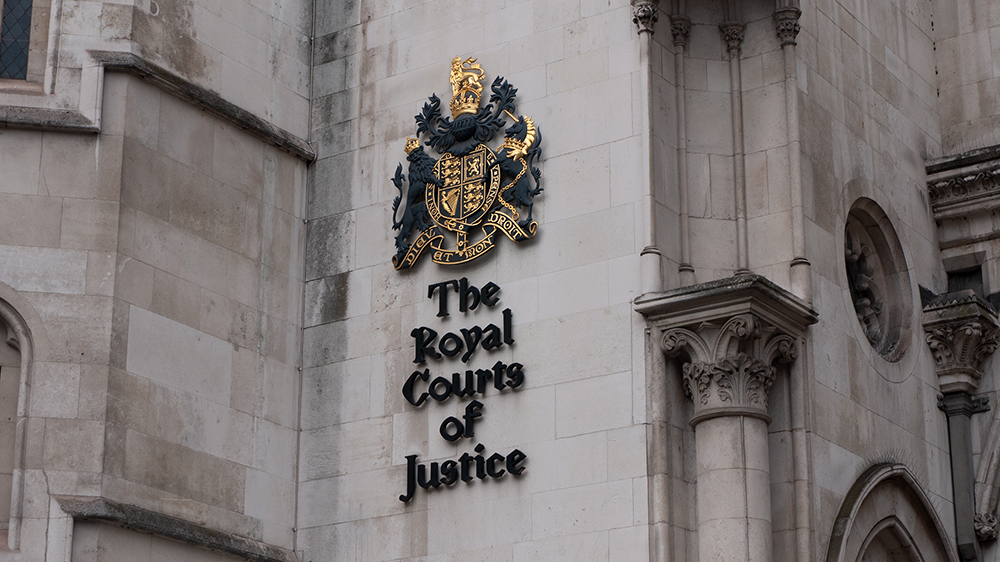England: Case review body to examine failures over man wrongfully convicted of rape

The UK’s Criminal Cases Review Commission (CCRC), responsible for investigating possible miscarriages of justice, is set to review the case of Andrew Malkinson.
Mr Malkinson wrongly served 17 years behind bars for a rape conviction.
Despite his efforts, two appeals he made to the CCRC were rejected. However, the Court of Appeal in London overturned the 57-year-old’s conviction last month.
The CCRC said that his prison term was “plainly wrong”, and that it had “long recognised” that the case required review. A spokesman for the commission said it would be as “open as we can be within our statutory constraints” about “lessons to be learned”.
He added: “We recognise that Mr Malkinson has had a very long journey to clear his name and it is plainly wrong that he spent 17 years in prison for a crime he did not commit.
“We have already been in touch with Greater Manchester Police and with the Crown Prosecution Service [CPS] to offer our assistance in any of their inquiries.”
Documents related to the case reveal that, as early as 2007, forensic analysis had discovered a different man’s DNA on the rape victim’s clothing – a profile that didn’t match Mr Malkinson’s. The DNA was found in the saliva located near a bite wound on the victim’s vest.
A CPS caseworker commented: “If it is assumed that the saliva came from the offender, then it does not derive from Malkinson. This is surprising because the area of the clothing that the saliva was recovered from was crime specific.”
Lord Garnier, who previously served as solicitor general, has pressed for a public inquiry. He believes the investigation should conclude within a six-month period and be headed by an individual possessing “considerable stature and independence”.
A spokesperson from the CPS said: “It is clear Mr Malkinson was wrongly convicted of this crime and we share the deep regret that this happened.
“Evidence of a new DNA profile found on the victim’s clothing in 2007 was not ignored. It was disclosed to the defence team representing Mr Malkinson for their consideration.
“In addition, searches of the DNA databases were conducted to identify any other possible suspects. At that time there were no matches and therefore no further investigation could be carried out.”








